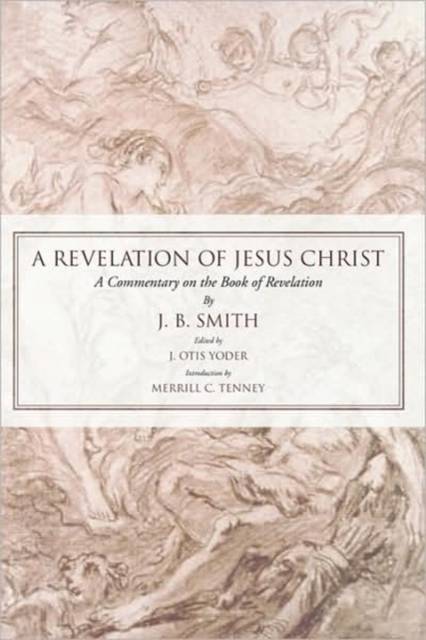
Je cadeautjes zeker op tijd in huis hebben voor de feestdagen? Kom langs in onze winkels en vind het perfecte geschenk!
- Afhalen na 1 uur in een winkel met voorraad
- Gratis thuislevering in België vanaf € 30
- Ruim aanbod met 7 miljoen producten
Je cadeautjes zeker op tijd in huis hebben voor de feestdagen? Kom langs in onze winkels en vind het perfecte geschenk!
- Afhalen na 1 uur in een winkel met voorraad
- Gratis thuislevering in België vanaf € 30
- Ruim aanbod met 7 miljoen producten
Zoeken
€ 58,45
+ 116 punten
Omschrijving
From the Introduction by Merrill C. Tenney: This commentary is an attempt to make plain the meaning of Revelation. With commendable reserve, Dr. Smith has restricted himself largely to interpretation by other passages of Scripture which are related to Revelation by actual quotation or by striking parallelism. His painstaking studies of vocabulary and of related ideas make the book valuable to the earnest student of the Bible. Dr. Smith is a futurist and a premillenarian, holding that all of the Book of Revelation beginning with the fourth chapter relates to the future period of judgment known as 'the great tribulation, ' which will be followed by the personal return of Christ and by the establishment of His kingdom. In this regard he is in a long line of renowned commentators, including Seiss, Gaebelein, Ottman, and others. The distinguishing feature of this commentary is its use of Biblical statistics and comparisons. The uses of important terms in the Revelation are cataloged, and their interpretation is derived from their context. The appendices contain some extensive studies of individual topics, correlating information not easily obtainable elsewhere. Dr. Smith follows a literal interpretation except where avowed symbolism demands a different procedure. He has sought to make his exposition consistent in method and in results. His use of Greek is apt, and shows a careful investigation of the underlying vocabulary of the Greek text. This commentary will probably be the mainstay of premillennial exposition for some years to come
Specificaties
Betrokkenen
- Auteur(s):
- Uitgeverij:
Inhoud
- Aantal bladzijden:
- 392
- Taal:
- Engels
Eigenschappen
- Productcode (EAN):
- 9781592446858
- Verschijningsdatum:
- 1/05/2004
- Uitvoering:
- Paperback
- Formaat:
- Trade paperback (VS)
- Afmetingen:
- 151 mm x 229 mm
- Gewicht:
- 535 g

Alleen bij Standaard Boekhandel
+ 116 punten op je klantenkaart van Standaard Boekhandel
Beoordelingen
We publiceren alleen reviews die voldoen aan de voorwaarden voor reviews. Bekijk onze voorwaarden voor reviews.









